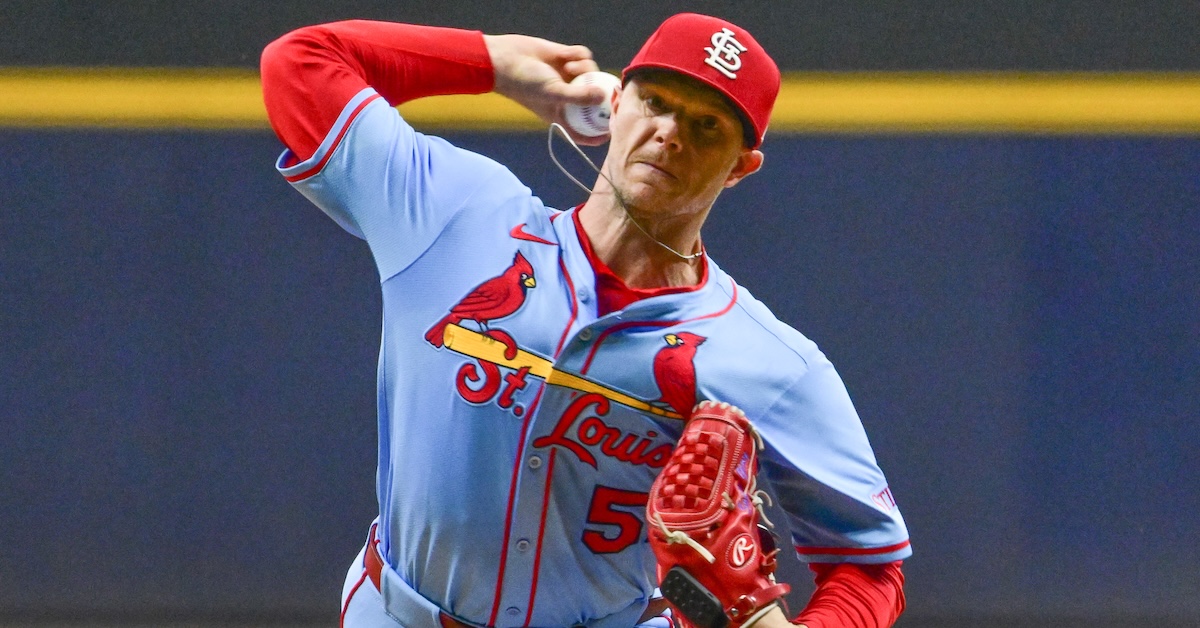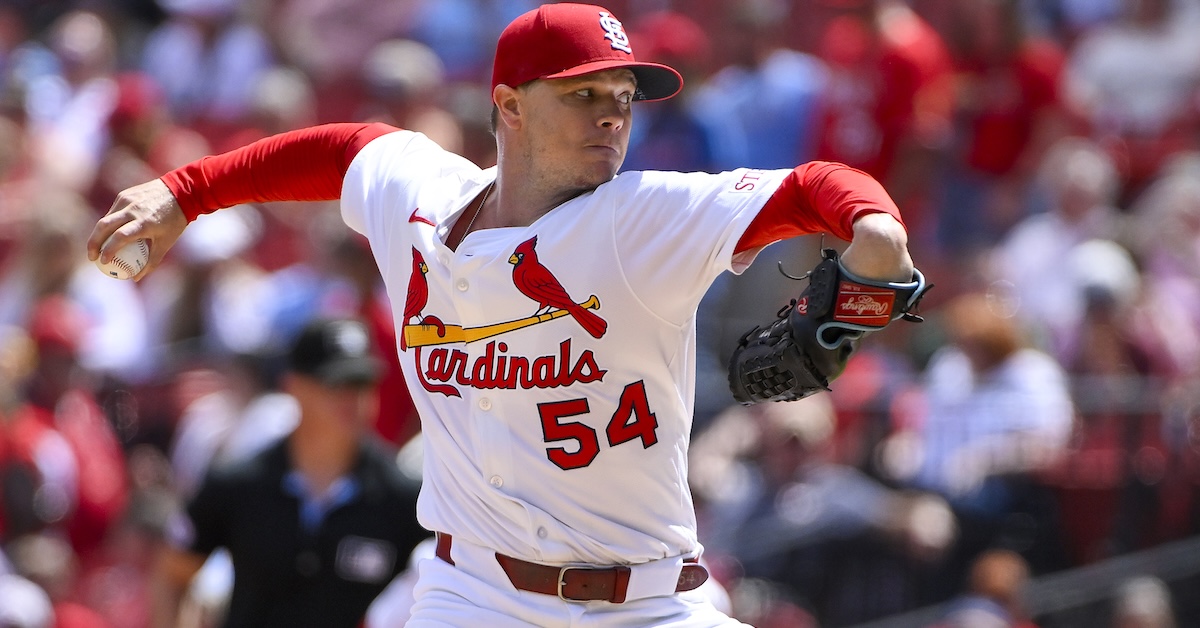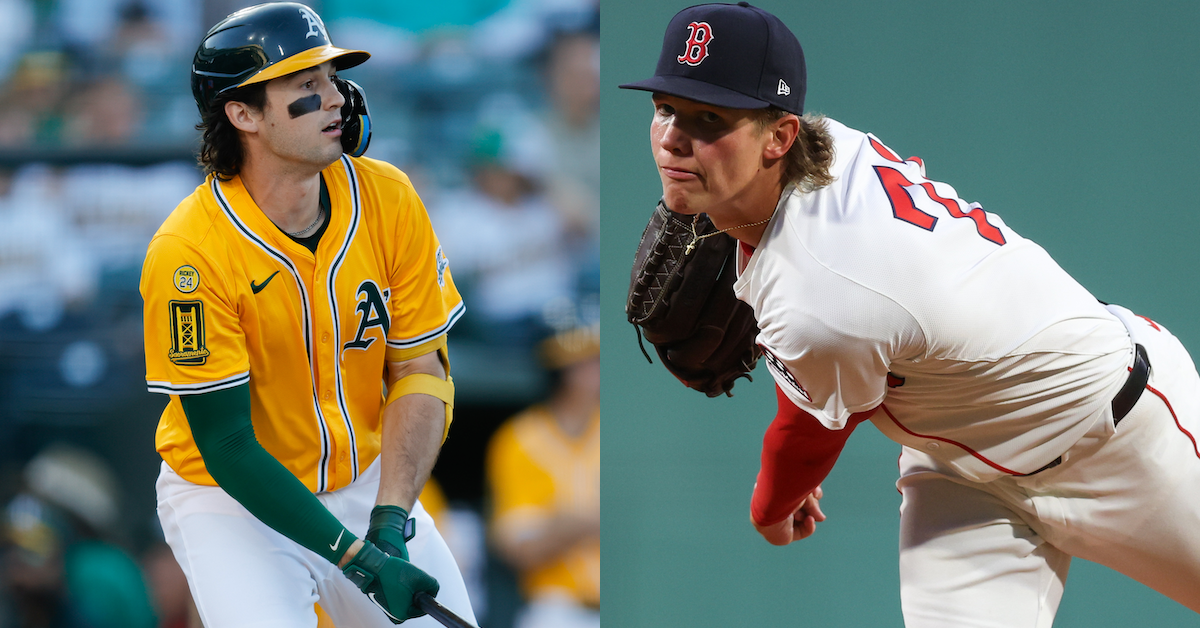What Will Sonny Gray Look Like With the Red Sox?

When the Red Sox traded for Sonny Gray, they knew they were getting an old-school starter with seven pitches. He’s got a sinker and a four-seamer. He’s got a cutter, a traditional slider, and a sweeper. He’s got a curveball and a changeup. The traditional slider is the only one of the seven that Gray doesn’t throw regularly; the others all saw at least 15% usage against righties or lefties in 2025. Gray is 36 years old. He’s a three-time All-Star with 330 starts and 125 wins under his belt, and a career ERA of 3.58. At this point, you might assume that he’s about as finished a product as you could find, but you’d be wrong, and that seems to be part of the reason he’ll be pitching in Boston next year.
In 2024, the Red Sox made waves for throwing fastballs just 36.6% of the time, the lowest mark ever recorded and almost certainly the lowest mark of all time. That number went up in 2025, in large part because they added Garrett Crochet, who owned a brand-new sinker to go with a four-seamer that was one of the very best pitches in baseball 2024. But it wasn’t just Crochet. Brayan Bello brought back the four-seamer he’d ditched in 2024. A finally-healthy Lucas Giolito threw four-seamers at his highest rate since 2020. With Aroldis Chapman replacing Kenley Jansen, the closer role saw fastballs replace cutters. In all, the Red Sox finished the season with a fastball rate of 48.3%, the 11th-highest in the league. That’s quite a bounce-back. The Red Sox were very explicitly trying to get away from fastballs, but as the 2025 season showed us, the broader goal was to have their pitchers throw their best pitches more often.
That brings us to Gray, who throws the kitchen sink but still throws fastballs 40% of the time. In 2025, he led with his four-seamer against lefties and his sinker against righties, throwing both pitches 29% of the time in those situations. Shortly after the trade went through, Boston’s chief baseball officer Craig Breslow discussed it with reporters. MLB.com’s Ian Brown published a quote: “It will be a great match for Bails [pitching coach Andrew Bailey] and the rest of the pitching group and the philosophies they have in terms of leaning into strength and potentially away from slug and pitching away from fastballs when you have secondaries as your best pitch.” Read the rest of this entry »





